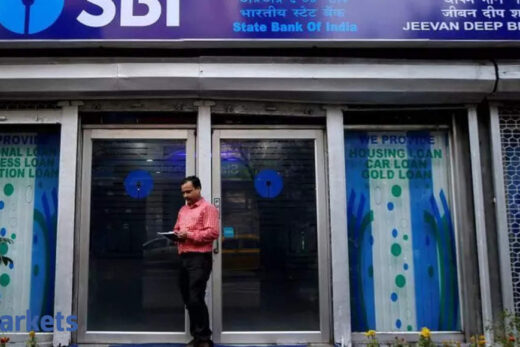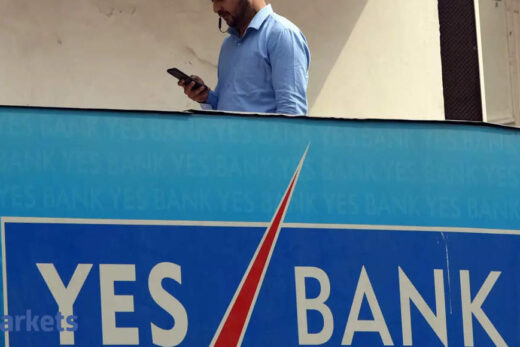However, the initial euphoria of banks and FIs quickly faded due to ambiguities in certain provisions, multiple challenges by borrowers during the CIRP, conflicting rulings on the interpretation of the IBC, and multiple amendments to the IBC as well. A vexed issue which continues to plague the interest of banks and FIs is the applicability of the law of limitation to proceedings under the IBC.
As a general rule once the right to sue accrues, the period of limitation commences and runs continuously until institution of the relevant proceedings. However, there are statutory exceptions to this rule such as condonation of delay, exclusion of certain periods in computing limitation and extension of the period of limitation.
An acknowledgment of a debt or liability by a debtor in writing or a partial payment of the outstanding dues, during the subsisting period of limitation, extends the period of limitation. In such situations the Limitation Act, 1963 (Limitation Act) mandates that a fresh period of limitation be computed from the date of such acknowledgement or partial payment, as the case may be. These provisions in the Limitation Act play a crucial role in business transactions alleviating the need for creditors to rush to courts to enforce their rights so long as payments are being received, albeit sporadically, from debtors.
The ability of banks and FIs to rely on the provisions of the Limitation Act relating to acknowledgements and partial payments was stymied by a ruling of the National Company Law Appellate Tribunal (NCLAT) in Bimal Kumar Savalia v. Bank of India where the NCLAT held that the provisions relating to acknowledgements and partial payments would not apply to applications for commencing the CIRP. The issue was further compounded by another ruling of the NCLAT in V. Padmakumar v. Stressed Assets Stabilisation Fund and Another, which held that neither an acknowledgement in a balance sheet nor a decree would extend the period of limitation to institute proceedings under the IBC against a debtor.
The rationale of the ruling was that a statutory duty of filing a balance sheet, the default of which attracted penal consequences, could not be held against a debtor. However, in a dissenting opinion, a member of the Bench held, and rightly so, that it was the prerogative of the debtor whether to acknowledge a debt in a balance sheet and having taken a decision in that regard, a debtor ought not to be permitted to resile from that position.
The rulings in Bimal Kumar Savalia as well as V. Padmakumar have been challenged and are pending before the Supreme Court. There appears to be no cogent rationale to disregard an acknowledgement of debt while computing the period of limitation to initiate proceedings under the IBC.
Extension of limitation by an acknowledgement of debt recognises that by such acknowledgement, the debtor is not evading the liability. This enables the creditor to provide more favourable terms to repay the outstanding dues and avoid precipitation of disputes. Absent recognition of such acknowledgements whilst computing the period of limitation to initiate proceedings under the IBC, even undeserving cases could be driven to the CIRP.
With a view to avoiding litigation, banks and FIs often provide several opportunities to debtors to remedy defaults in repayment of outstanding dues. Such opportunities are provided on the basis of acknowledgements of outstanding dues issued by debtors as well as by extending repayment timelines and restructuring the outstanding debt and often on the comfort that banks and FIs, in cases of debt secured by immovable property, have an extended period of 12 years to initiate recovery actions.
The inability to rely on acknowledgements and part payments will have damning consequences for banks and FIs who would be compelled to initiate the CIRP at the earliest opportunity. This would strain the already fragile infrastructure of the NCLT, increase the dockets and, possibly, sound the death knell for corporate entities which, in the ordinary course, may have been able to rectify defaults in repayment of dues.
Asset reconstruction companies (ARCs), to whom the banks offload their bad debts, are even more precariously placed. More often than not, the date of default is more than three years prior to acquisition of a debt by an ARC. This bars the ARC from commencing the CIRP in respect of such debtor despite the debtor’s acknowledgement of such debt within the preceding period of three years. The inability to commence the CIRP in such cases defeats the salutary objectives of the IBC viz. expeditious resolution of insolvency and maximum value realisation for the creditors.
There are several cases pending before the Supreme Court in which these issues have cone up for consideration. The Supreme Court will hopefully lend certainty to the issue by striking a balance between the intention behind enacting the IBC, historical banking practices and settled canons of law so as to resolve the emergent anomaly in the law prevailing as on date.
(Charles De Souza and Manaswi Agrawal are co-founding members of Meraki Chambers. Views are their own)



